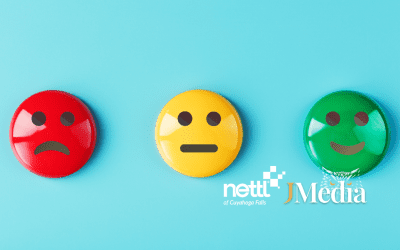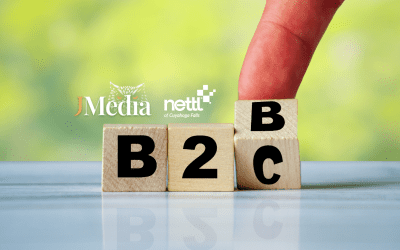There are 3.48 billion social media users in 2019, with the worldwide total growing by 288 million (9 percent) since this time last year. (Source: We Are Social)
It’s safe to say that social media is here to stay. All data indicates that more and more businesses need to be present on social media, but they also need to manage the process well for success. So, it begs the question, what does a successful social media plan include?
Content for starters. From posts to sharing relevant articles and blogs to creating content that is available for download is important. Your content needs to have “thumb-stopping power” to catch the attention on a busy social media feed. What makes something thumb-stopping? It is whatever makes your customers stop scrolling! If they are in the market for a kitchen renovation perhaps a comparison of hard surfaces would be a benefit? Or what’s the latest in affordable and functional flooring options? If this is coming from the contractor as opposed to the retail establishment selling the countertops or flooring, this would be considered helpful information, because they are not trying to benefit from selling countertops or flooring. They are helping educate a consumer for a possible future renovation. This builds your image as the go-to resource in your industry because you are offering helpful tips and information.
Visual Elements. The saying goes, “a picture is worth a thousand words.” Using creative images that visually depict your product or service is one idea. But some out of the box thinking to use something unusual in your post will pique interest and curiosity. Before & After photos, customer selfies, and product photography are all good options for the subject matter. Remember to mix it up and have fun with it! According to HubSpot, visual content is more than 40 times more likely to get shared on social media than other types of content.
Consistency is key. Once you begin a social media plan you need to stay the course and see a schedule through. Setting a content calendar, a month in advance will help keep you on track with the creation of new posts and sharing relevant information. Your plan should take into consideration special sales, promotions or time-sensitive material. You can set reminders to help you set aside the time to write for your blog –or if you have writers the time to work with them on topics. No one will ever know your business as well as you do! Develop a social media calendar that works for you and is easy to maintain.
Include Testimonials. Customer testimonials make great content for sharing on social media. You can include photos and written testimonials of experiences that your customers had with you and your company. Testimonials provide validation and proof that your customers are happy with the experience they had with you. And even better, encourage them to share experiences with reviews. Make it easy by giving links directly to where you’d like them to post for you.
Monitor Reviews. If you do send links to encourage reviews, make sure you are actively monitoring the various sites or set up alerts so that you can respond in a timely manner. You need to have a system in place to respond to both negative and positive reviews. A positive social experience with a company can also impact reviews. Lyfe Marketing shared a social media statistic that 71% of consumers who’ve had a positive social media experience with a brand are likely to recommend that brand to their friends and family.








0 Comments